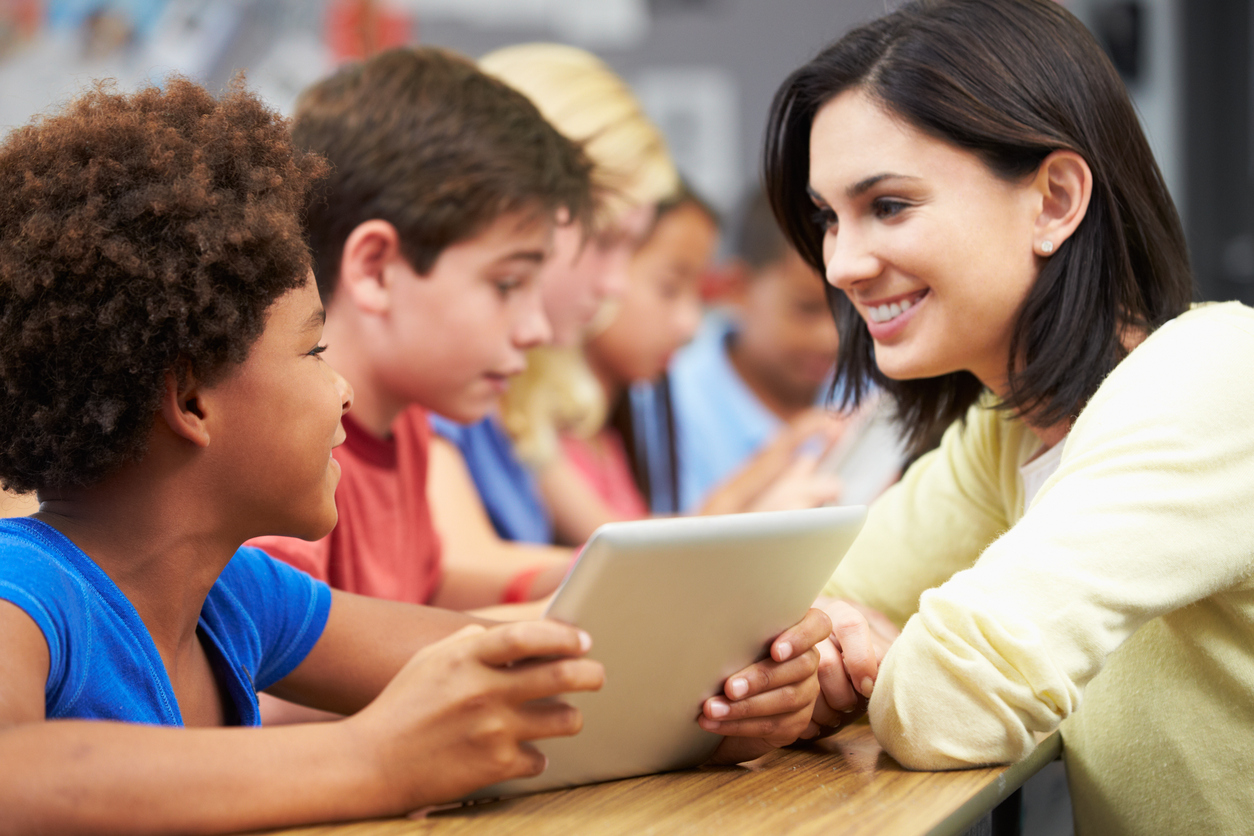
Tech in Education: Revolutionizing the Classroom
Introduction
In the digital age, technology is not just changing the way we work and communicate; it’s also revolutionizing education. This article explores the transformative impact of technology in the classroom, from interactive learning tools to personalized education experiences.
The Rise of EdTech
Educational Technology, commonly known as EdTech, has emerged as a driving force in modern education. With the integration of digital tools, the traditional classroom model is undergoing a profound transformation. EdTech encompasses a wide range of technologies designed to enhance learning, making it more engaging, accessible, and effective.
Interactive Learning Tools
One of the key aspects of technology in education is the development of interactive learning tools. From smartboards that turn classrooms into interactive spaces to educational apps that cater to individual learning styles, these tools provide a dynamic and engaging learning environment. Students can actively participate, collaborate, and visualize complex concepts.
Personalized Learning Experiences
Technology allows for a personalized approach to education, addressing the diverse needs of students. Adaptive learning platforms use algorithms to tailor lessons based on individual progress, ensuring that students grasp concepts at their own pace. This shift from one-size-fits-all to customized learning is fostering a more inclusive and effective educational experience.
Virtual Reality in Education
Virtual Reality (VR) is making waves in the education sector by offering immersive experiences. Students can explore historical sites, dive into the human body for a biology lesson, or even travel to outer space—all from the confines of the classroom. VR transforms abstract concepts into tangible experiences, enhancing comprehension and retention.
Online Learning Platforms
The advent of online learning platforms has democratized education, breaking down geographical barriers. Students can access courses from top universities around the world, opening up opportunities for remote and flexible learning. These platforms provide a wealth of resources, including video lectures, quizzes, and discussion forums, creating a rich and interactive learning experience.
Coding and STEM Education
As technology becomes integral to various industries, there is a growing emphasis on coding and STEM (Science, Technology, Engineering, and Mathematics) education. Coding platforms and robotics kits are equipping students with essential skills for the future job market. By introducing these concepts early on, schools are preparing students for careers in a technology-driven world.
Cloud-Based Collaboration
Cloud technology has revolutionized how students collaborate on projects. Documents can be accessed and edited in real-time, enabling seamless teamwork both in the classroom and remotely. This fosters a collaborative spirit, essential for the collaborative work environments students will encounter in their future careers.
Data Analytics for Educational Insights
Data analytics tools are providing educators with valuable insights into student performance. By tracking individual progress and identifying areas of improvement, teachers can tailor their approach to meet specific needs. This data-driven approach enhances the effectiveness of teaching strategies and ensures that no student is left behind.
Teacher Professional Development
Technology is not just transforming the student experience; it’s also impacting teacher professional development. Online workshops, webinars, and collaborative platforms empower educators to stay updated on the latest teaching methodologies and integrate technology seamlessly into their lessons.
Conclusion
In conclusion, the integration of technology in education is not a mere trend but a fundamental shift in how we approach learning. From interactive tools that engage students to personalized learning experiences and the global reach of online platforms, technology is revolutionizing the classroom. As we embrace these advancements, we pave the way for a more inclusive, accessible, and effective education system.
FAQs
How does technology enhance personalized learning in the classroom?
Technology enables personalized learning through adaptive platforms that tailor lessons based on individual progress, addressing the diverse needs of students.
What role does Virtual Reality play in education?
Virtual Reality offers immersive learning experiences, allowing students to explore concepts in a tangible way, such as visiting historical sites or exploring the human body.
How has online learning platforms impacted education globally?
Online learning platforms have democratized education, breaking down geographical barriers and providing access to courses from top universities worldwide.
Why is there an emphasis on coding and STEM education in schools?
Coding and STEM education prepare students for future careers in a technology-driven world, equipping them with essential skills for various industries.
References:



